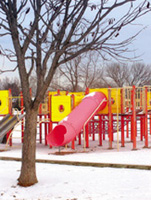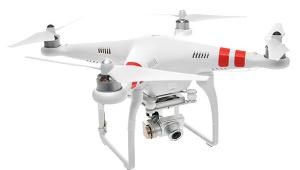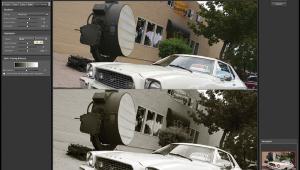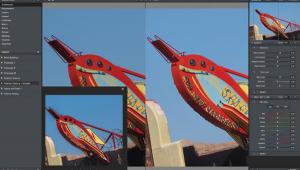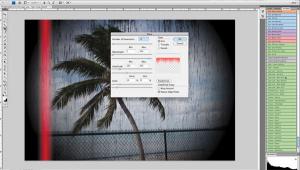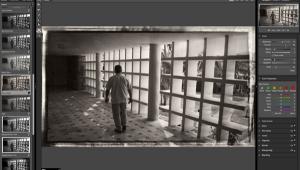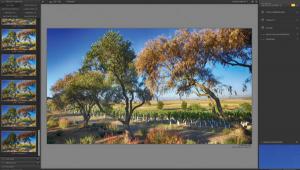Digital Innovations
Cameras, Cases, Lost And Found And More
It is expected that 13.9 billion amateur digital images were created during 2000 in the US alone.--InfoTrends Research Group. One question I'm often asked by friends, colleagues, and readers is, "Which digital camera should I buy?" The criteria I use to evaluate any of the digital cameras I test are the same characteristics that any good camera--digital or otherwise--should have, including lens quality and ergonomics. But digicams have several unique characteristics that need to be evaluated as well. Image quality is high on my list because a camera's main function is to create photographs, but there's more to it than just output resolution. All of the capture components including lens, imaging chip, and internal software combine to produce the final photograph. The amount of compression that's applied to an image is also important. Less compression yields the best quality images, and no compression is even better. Less compression also means fewer images can be stored. Although storage is less important than image quality it is still a consideration. Unlike film, storage is reusable, but it is not cheap. These days, most cameras use CompactFlash or SmartMedia cards and some, like recent models from Oly-mpus, allow you to use both CompactFlash and SmartMedia in the same camera. Sony's floppy disk-based camera was a clever design, but is ultimately limited by the media's capacity, which may be why they introduced the innovative, but proprietary Memory Stick. Their new camera that uses small recordable CD-ROM discs goes a long way to solve the problem. |
|||
The LCD preview panel is indispensable for evaluating images made by digital cameras. Since many also have optical viewfinders, you can use the LCD panel as an image management tool. Not every photograph you make is a keeper, so you can extend the camera's storage capacity by periodically reviewing and erasing any images that are not up to your standards. Since you only keep the ones you like best, the storage capacity is effectively multiplied. Ergonomics is also an important part of my evaluation process, because how a camera looks and how much its controls function like a film-based camera help minimize the learning curve. Olympus Digicam |
|||
Rescuing Lost Digicam Images More On Image Capture |
|||
Microtek Lab is now bundling a MN-100 digital camera with its ScanMaker 4600 flat-bed scanners. The scanner has 2400x1200dpi resolution, 42-bit color depth, and includes free online storage for an unlimited number of photos and web-based photo albums. With the optional Microtek Media Adapter, you can also scan negatives or slides in a 7x7" scan area and up to nine 35mm slides at one time. The MN-100 digital camera has a 100,000 pixel CMOS imaging chip. In Webcam mode it can capture video clips at 30 fps as well as audio. The package includes a bunch of useful software and sells for $189.99, or you can get it without the camera for $159.99. You can find more information at: www.microtekusa.com. Protect Those Cameras I Could Write A Book OK, for all of the Trabby aficionados out there who I may have offended, I'm sure that sites such as The UK Trabant Owners Home Page (www.icbl.hw.ac.uk/~cjs/trabby.html) get tons of hit--or maybe not. Even More Book News Taking Care Of Ink Jet Prints
Epson also makes a few suggestions that are similar to admonitions in 35mm camera manuals that tell you not to use the camera underwater, but since there are always some people who will try anything, here's a few more caveats.
|

